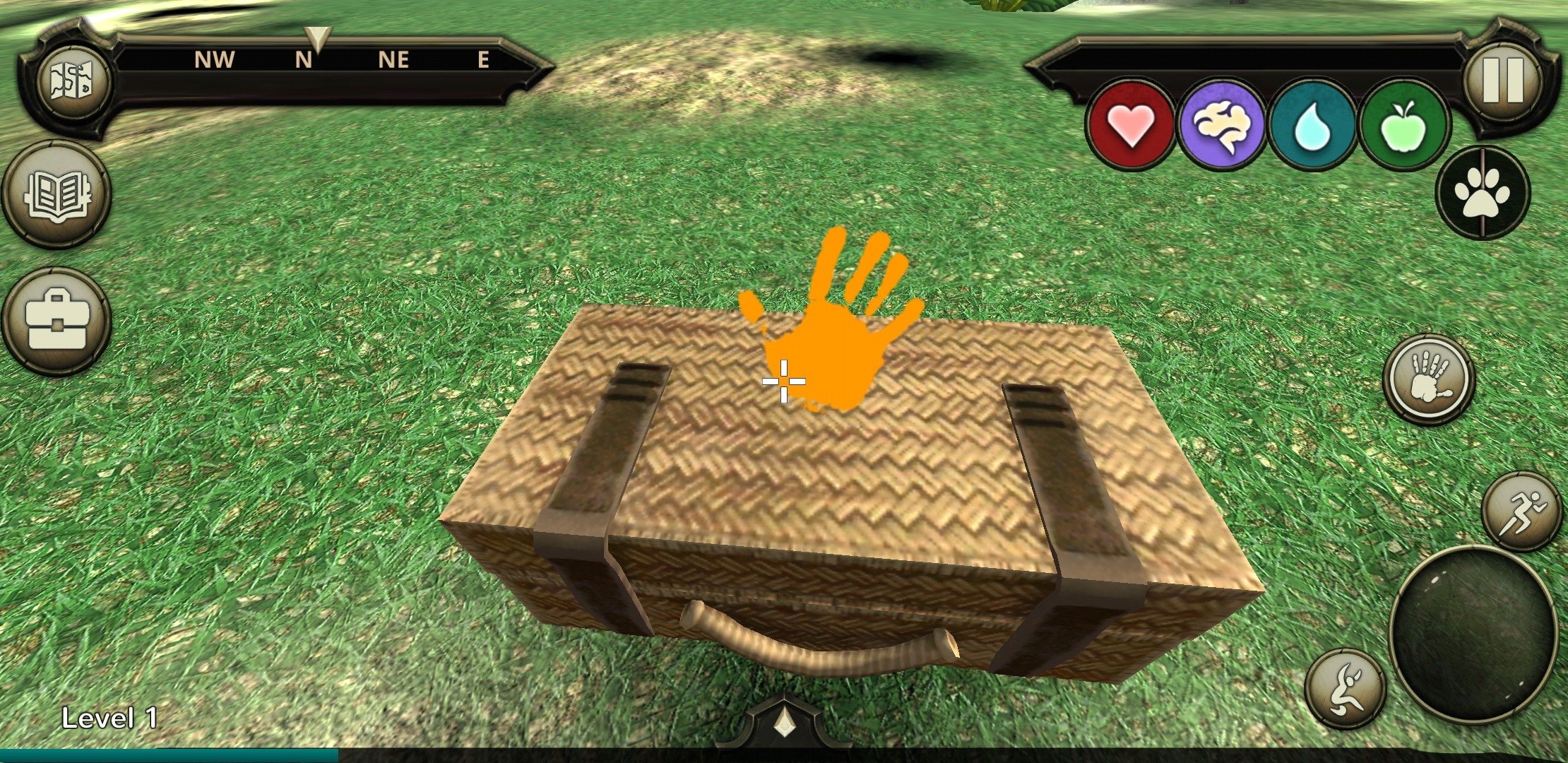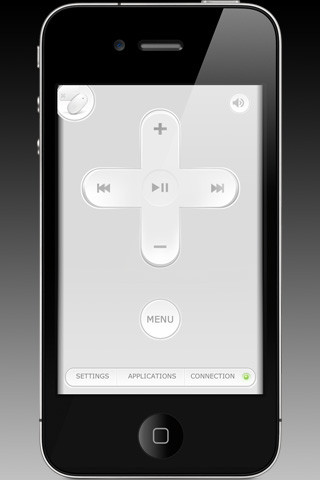
- #Full control helper for mac full
- #Full control helper for mac code
- #Full control helper for mac windows
In the Give assistance section, helper selects Assist another person.
#Full control helper for mac windows

Microsoft does not store any data about either the sharer or the helper for longer than three days. The sharer sees only an abbreviated version of the helper’s name (first name, last initial) and no other information about them. Microsoft cannot access a session or view any actions or keystrokes that occur in the session. No logs are created on either the helper’s or sharer’s device. This data includes the following information:Įrrors arising from Quick Assist itself, such as unexpected disconnectionsįeatures used inside the app such as view only, annotation, and session pause Microsoft logs a small amount of session data to monitor the health of the Quick Assist system. Input is shared from the helper to the sharer through the RDP relay service. RDP shares the video to the helper over https (port 443) through the RDP relay service to the helper's RDP control. Quick Assist starts RDP control and connects to the RDP Relay service. The sharer is prompted to confirm allowing the helper to share their desktop with the helper.
#Full control helper for mac full
The helper is prompted to select View Only or Full Control. The sharer's Quick Assist instance joins the RCC chat session.
#Full control helper for mac code
The helper then provides the code to the sharer.Īfter the sharer enters the code in their Quick Assist app, Quick Assist uses that code to contact the Remote Assistance Service and join that specific session. An RCC chat session is established and the helper's Quick Assist instance joins it. Quick Assist on the helper's side contacts the Remote Assistance Service to obtain a session code.

The helper selects Assist another person. Required for chat services within Quick Assistīoth the helper and the sharer start Quick Assist. Used for accessibility features within the app Used for chat services within Quick Assist Required for logging in to the application (MSA) Required for the Skype framework used by Quick Assist Primary endpoint used for Quick Assist application The traffic is encrypted with TLS 1.2.īoth the helper and sharer must be able to reach these endpoints over port 443: Domain/Name Quick Assist communicates over port 443 (https) and connects to the Remote Assistance Service at by using the Remote Desktop Protocol (RDP). Local Active Directory authentication is not supported at this time. The helper can authenticate when they sign in by using a Microsoft Account (MSA) or Azure Active Directory. The helper must have a Microsoft account. No particular roles, permissions, or policies are involved. Before you beginĪll that's required to use Quick Assist is suitable network and internet connectivity. In this way, they can troubleshoot, diagnose technological issues, and provide instructions to users directly on their devices. Your support staff can use it to remotely connect to a user’s device and then view its display, make annotations, or take full control.

Quick Assist is a Windows application that enables a person to share their device with another person over a remote connection.


 0 kommentar(er)
0 kommentar(er)
